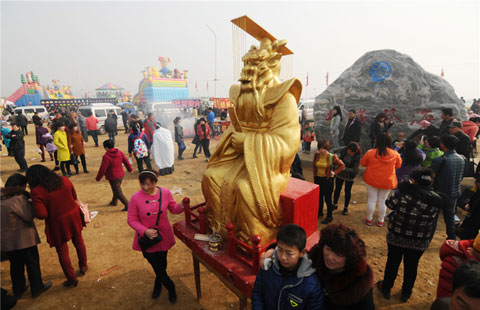Gold masks shine light on lost Himalayan kingdom
( Xinhua ) Updated: 2015-03-27 10:01:09
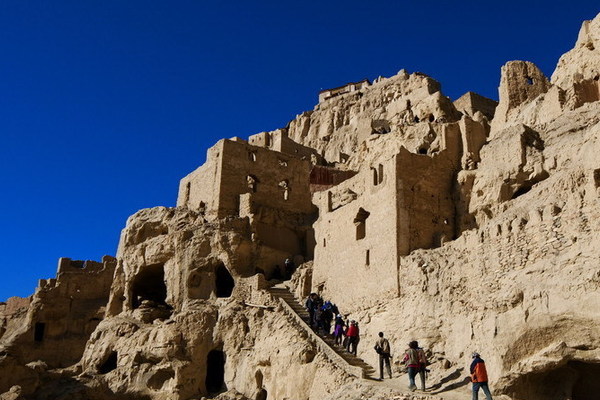 |
|
Landscape of the Guge Dynasty ruins in Zanda county, Ngari prefecture, southwest China's Tibet.Zanda county is rich in historical legacies and it is where the golden mask was unearthed.[Photo/IC] |
Ancient silk clues
Tong was drawn to the sparsely populated Ngari region after Jin Shubo, a former senior official in Tibet, brought some colorful silk shreds and a photo of a piece of silk carrying Chinese characters meaning "marquis" to the CASS Institute of Archaeology in 2009.
He told the archaeologists how the silks were found in the Gurugyam cemetery.
They were the first ancient silks ever unearthed in Tibet.
"At the first sight, we thought the silks were probably up to 2,000 years old. But how did they come to Ngari? No silk had ever been excavated in Tibet before -- let alone such ancient silk," Tong says.
After much research, he recognized the patterns on the silks as being similar to those on the silks excavated in Xinjiang, northwest China.
Carbon-14 analysis indicated the silks from Ngari dated from the 2nd to the 3rd centuries.
Later, archaeologists excavated many bronze and wooden items in the Gurugyam cemetery. These were similar to cultural relics in Xinjiang. An iron sword showed similarities to those found in central China.
"We believe there was a route, a section of the Silk Road, connecting Xinjiang and Ngari. The silks and other products were transported from central China to Xinjiang and then to Tibet on this route," Tong says.
|
|
|
|
|
|
|
|

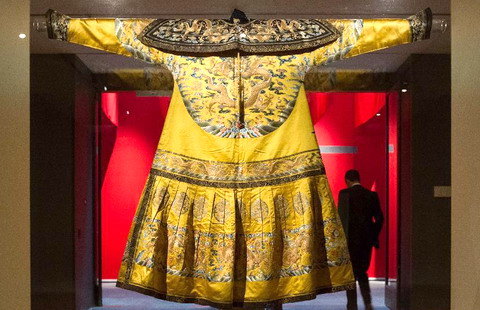
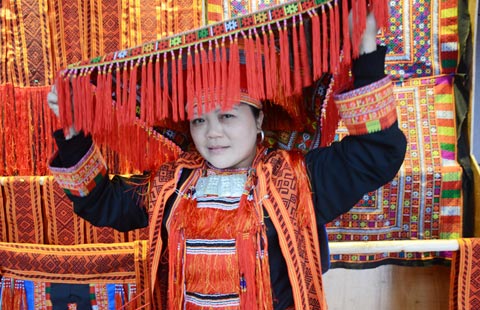


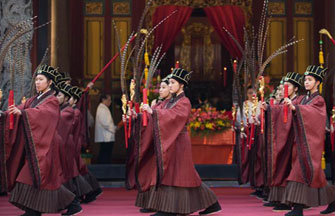

















 Raymond Zhou:
Raymond Zhou: Pauline D Loh:
Pauline D Loh: Hot Pot
Hot Pot Eco China
Eco China China Dream
China Dream China Face
China Face


